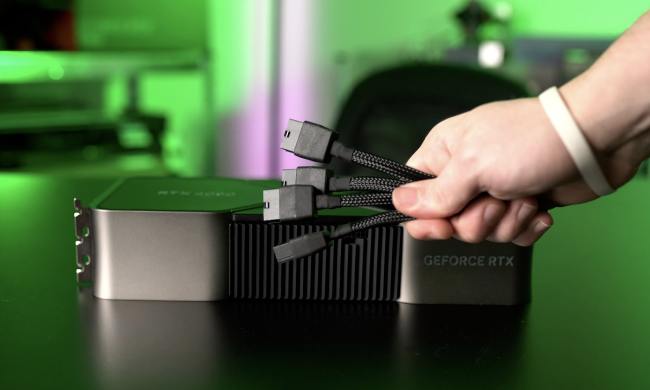Japan’s first VR porn festival rolled over and started smoking a cigarette before it even got its clothes off. Due to overcrowding, the first time anyone had ever gathered a number of virtual-reality pornography enthusiasts into a single building ended far sooner than anyone expected. The packed crowds gave rise to safety concerns.
Virtual reality pornography is something that people have tried to make a “reality” since the first inception of Palmer Luckey’s Oculus Rift DK1 headset back in 2012. From photographic scans of live models, to 360-degree video, to 100-percent digital creations that exhibit realistic “physics,” it’s been created and viewed by more people than one might expect.
Enough in fact, that an industry is growing up around it. There are a number of companies now which offer not only software content, but also hardware, including tools, peripherals, and accessories that can synchronize with VR content in a number of ways.
Related: The next knock on your hotel room door could be a virtual reality companion
The only thing that may have caught industry participants by surprise is the popularity of this application of VR. As it turns out, so many people crowded outside the venue in the Akihabara district of Tokyo, that before the event had even let in a fraction of the people waiting outside, organizers closed it down, for fear that a riot or some other disruptive event could take place. They made large and sincere apologies to those who had made the trip, and promised to hold the festival soon in a much more suitable (that is, larger) venue.
A few of those waiting did manage to make it inside, where they saw all manner of virtual tools for scratching that very real-world itch. Life-size dolls twinned with Oculus Rift headsets, along with other devices, were observed. VR porn enthusiasts were purportedly more than eager to try the new toys out, according to a translation of the HatenaBlog on VRTalk.



